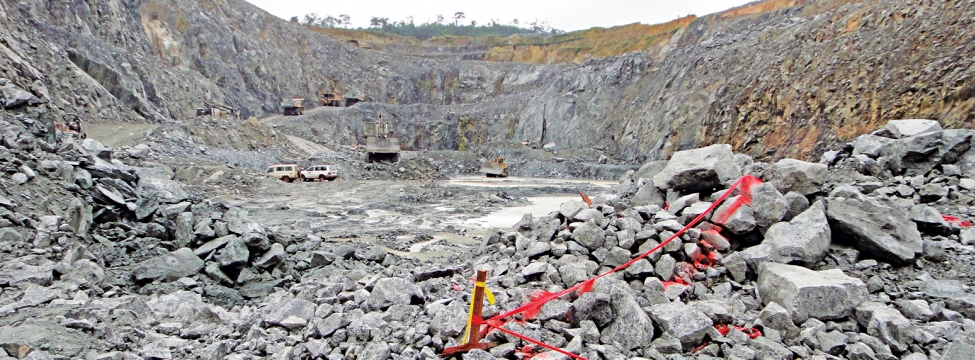Resource Geologists are geologists who can value the basic underlying economic attractiveness of a mineral deposit. This means knowing the costs and practicalities of mining and processing for a particular product.
A cut-off grade (COG) is an industry-accepted standard expression used to determine what part of a mineral deposit to include in a mineral resource estimate (MRE). For MRE reporting, COGs tend to be rounded down to ensure that material of no economic significance is excluded from the resource.
To calculate a COG, we can gauge the likely extraction costs and operating efficiencies using benchmarks from analogous mines, and determine commodity prices from public reports or price forecast research notes.
A COG is expressed in grade units that may require conversion from market pricing units. For the COG, the price needs to be expressed in grams.
Sometimes we face complicated cost, recovery and revenue concepts in deriving a COG for resource reporting. These may stem from:
- Mineralogically different ore types
- Multiple process routes
- Deleterious elements
- Stockpile strategy
- Blending constraints
- By-product credits & metal equivalence
- Net smelter returns
With the recent popularity of rare earth element (REE) projects, SRK developed a complex COG estimation method to assess “reasonable prospects of eventual economic extraction” using specific studies and generally-held concepts. The COG calculation integrates multi-staged costs and efficiencies from extraction through to refining, all of which are required to realise quoted market prices.
Ore operating cost reflects multiple concentrating stages whose unit costs are measured in different denominations, such as: process costs per tonne of mill feed, mining costs per tonne of ore, transport costs per tonne of concentrate and refinery costs per kg of product. These measures need to be back calculated and expressed in terms of cost per ore tonne in the ground.
Revenue is normally derived from several REE co-products, with very different individual prices that occur in varying proportions. The REE “basket” price is a weighted value per kg of REE co-products. There may also be by-products with different process recoveries whose revenues need to be incorporated in the COG calculation and expressed as recoverable revenue on a REE-equivalent basis.
Using COGs based on complex technical and economic parameters, SRK demonstrated “reasonable prospects of eventual economic extraction” which enabled geologists to estimate and report REE-project mineral resources using an appropriate cut-off grade.
The technical aspects of extracting REE products are complex and vary from one project to the next. Most of the extraction cost occurs in downstream refining, which is mineralogically sensitive. We conclude that early stage projects should not be quoted as Mineral Resources until their mineralogy is sufficiently known to conceptualise the extraction method with reasonable confidence.


